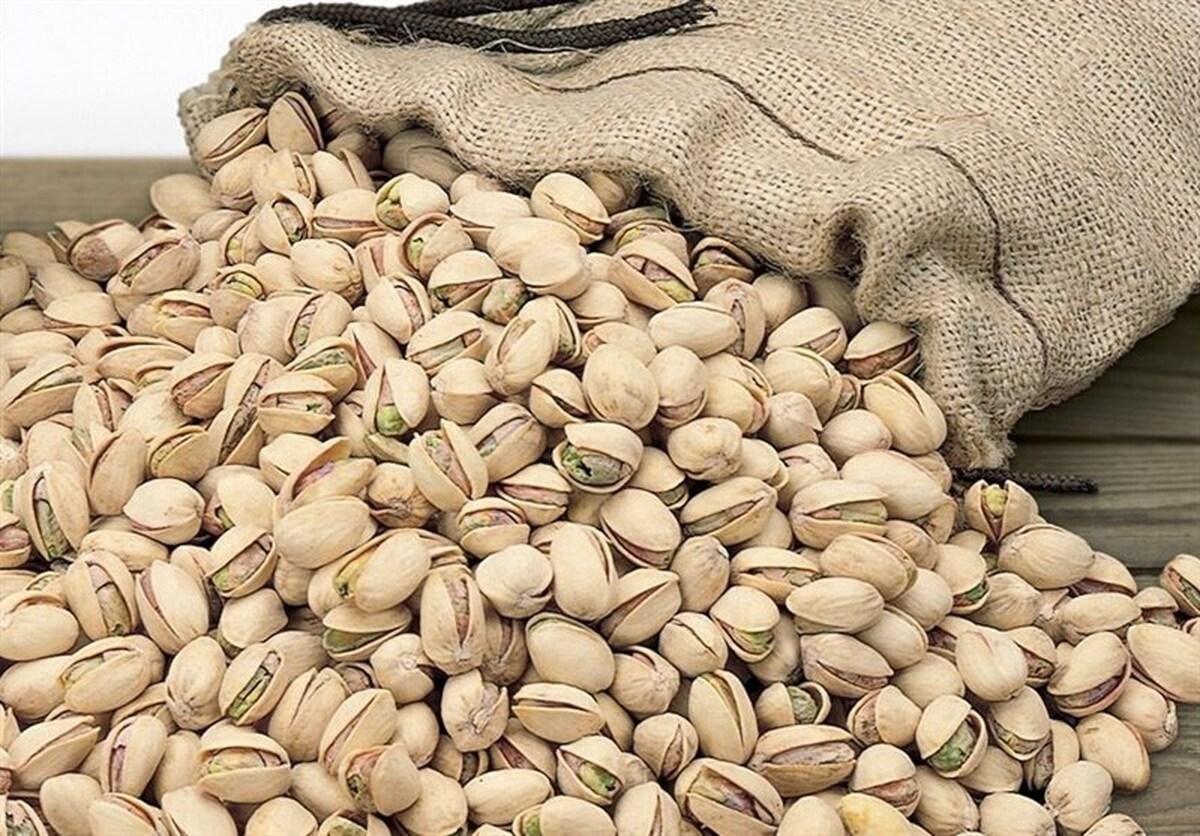
Iran Pistachio Exports Top $14m in One Month
EghtesadOnline: A total of 1,618 tons of pistachio worth $14.68 million were exported from Iran during the first month of the current Iranian year (March 21-April 20), the Islamic Republic of Iran Customs Administration announced.
Germany, Afghanistan, the UAE, Bahrain, Jordan, Canada, China, the Czech Republic, India, Iraq, Kuwait, Kyrgyzstan and Kazakhstan were the main buyers of Iranian pistachio during the period, Mizan Online reported.
According to Iran Pistachio Association, Iran and the US account for 85% of the global production of pistachio (dry in-shell basis).
The two countries have switched places as the world’s biggest pistachio producer over the years. However, statistics show Iran has been behind its rival in pistachio production during the last two crop years, Financial Tribune reported.
Iran’s annual domestic demand for pistachio amounts to 35,000-45,000 tons, accounting for 20% of the total output.
The association’s secretariat told Financial Tribune that the value of Iran’s domestic pistachio market is estimated to be around $500 million (p.a.) while the global pistachio market is worth more than $5.5 billion (p.a.).
On average, Iran exports 80% of its total pistachio yields and 80% of that go to only 10 countries.
The southeastern Kerman Province is Iran’s pistachio production hub.
In November 2016, Mohsen Jalalpour, the former head of Iran Pistachio Association, said the drought-hit pistachio orchards in Kerman Province were dying at a rapid pace.
“Until recently, the southern province accounted for 70% of Iran’s pistachio production, but the farms are on the brink of dying out,” he said back then, adding that Kerman’s pistachio industry will last no more than 10 years.
Jalalpour, who also used to head the Iran Chamber of Commerce, Industries, Mines and Agriculture, blamed water shortage and salinity for the impending misfortune.
Pistachio, he added, is cultivated in 19 provinces across the country, all of which are dealing with the same issues.
Yet, Mohsen Abtahi, the head of Iran Pistachio Association, believes that water crisis and salinity are not the main issues. He told Financial Tribune in an interview that farmers across the country are struggling with water shortage, but this does not mean that cultivation of different crops will come to an end altogether.
“Iranian pistachio is exported to almost all countries. Some countries might not be on the list of our export destinations because sometimes exports of the product are not made directly and instead reexported by our customers to these countries,” he added.
Abtahi believes pistachio exports will not be affected by economic sanctions. Rather, he said, what has always influenced exports of the nut has been the amount of production.
The pistachio tree is an alternate bearing one, meaning it may produce a greater than average amount of crop one year, called “on-year”, and a lower than average amount the following year, called “off-year”.
Last year, according to Abtahi, was a bad off-year for Iranian pistachio plantations.
Pistachio crop year starts in September every year and ends in the August of the following year.


